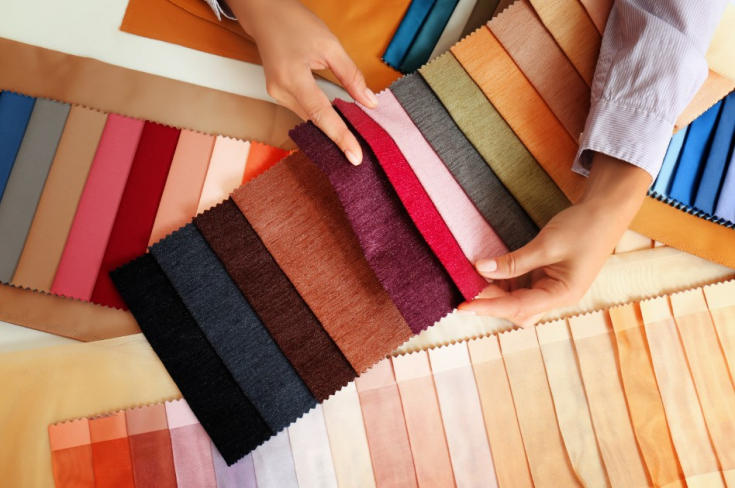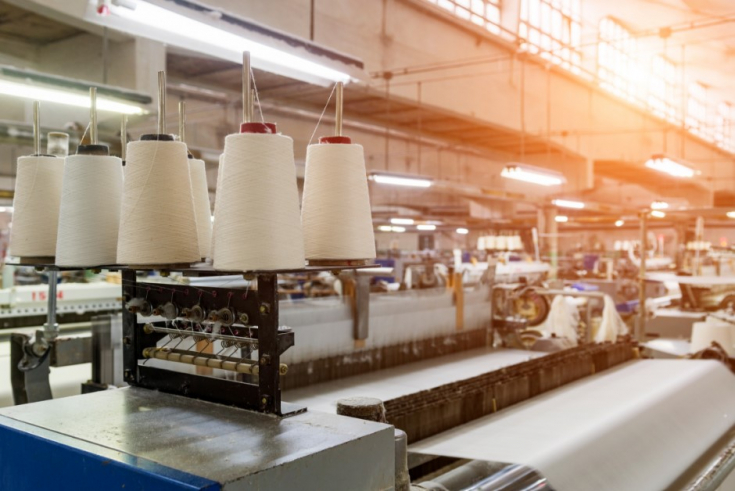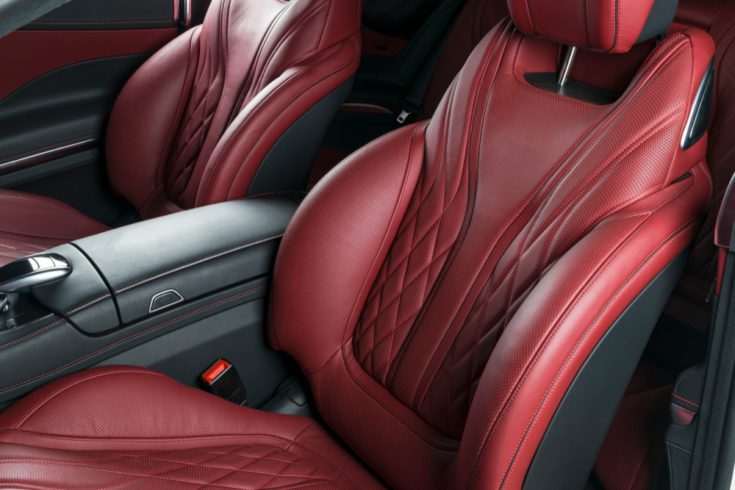客观测量
使用分光光度仪测量设计部门定义的颜色标准或使用档案中的数字化颜色数据,然后在监视器上显示此颜色标准
Color development is part of every new vehicle model and selecting the colors for a vehicle is not a democratic process. The color is determined by the designer’s subjective perception of color and should apply for 7 years from the start of series production. It typically takes 2 years to go from the initial color concept to the final color specification. Conventional color development utilizes a variety of physical samples from the various manufacturers of interior components. According to BMW, an average of 5 correction procedures must be performed, each taking several weeks, before the final master samples can be generated. This is a time-consuming and costly process, which is characterized by subjective verbal communication between the design department and the component manufacturers, the potential for error is therefore great.
The solution is “Digital Color Management”. In a multi-year project, the BMW Group in Munich and Datacolor AG Europe in Switzerland have demonstrated, using digital color management, that development times of master samples can be reduced by 50%, quality significantly improved in terms of color coordination of the various surfaces, and costs drastically lowered.
Up until that point, the color development process at BMW was based on physical samples. With digital color development, color matching is performed virtually on the manufacturer’s monitor (see Fig. 1). For a realistic simulation of the combined effect of color and surfaces, corresponding structures are superimposed onto the monitor for visualization (see Fig. 2). The color information is communicated between the manufacturer and supplier by email in the form of digital reflectance curves (see Fig. 3). Only at the end of the color matching process are the first physical samples actually produced.


数字采样,即数字样本生成,是这种最先进的解决方案的名称。 数字颜色样本是颜色开发过程中一种新的、快速且经济的通信形式的基础。 使用该技术的一个关键要求是显示器的精确校准,如色彩通信系统Datacolor ENVISION 和色彩质量控制程序Datacolor Tools中所实施的那样。 这使得在数字颜色数据的帮助下,可以在显示器上精确地显示颜色变化。 不应将Datacolor开发的校准算法与广泛使用的 ICC 配置文件相混淆。 这种校准的质量在世界范围内被公认为领先。 “与视觉样本相比,每台校准显示器上的精确色彩再现为色彩评估创造了更统一的环境”, Datacolor工业业务部全球销售总监 Walter Franz 解释道。 “通过在我们的标准质量控制软件 TOOLS 2.0 中实施 ENVISION 技术,供应链中的每个合作伙伴现在都可以在完全相同的条件下评估其 PC 上的数字颜色样本。当然也可以模拟样品在不同类型的光(同色异谱和颜色恒常性)下的行为。”
使用分光光度仪测量设计部门定义的颜色标准或使用档案中的数字化颜色数据,然后在监视器上显示此颜色标准
将颜色叠加到相应的表面结构上(参见图 1 + 2),并在必要时使用 Colorslider 修改颜色标准,这是一种用于在颜色通信系统Datacolor Envision 中进行颜色调整的工具(参见图 3)
通过电子邮件将颜色信息以数字化反射曲线(见图 4)的形式传达给供应商。 每个供应商都会收到为他们要生产的产品/表面准备的反射率曲线。
数字色彩开发为汽车制造商供应链中不同材料颜色的协调开辟了全新的视角。 特别是,作为可持续方法的一部分,现有资源——时间、物流、金钱——得到了更有效的利用。 在汽车内饰颜色开发的整个过程中,仅在过程的最后创建物理样品。 因此,为汽车制造商及其供应商提供了一种工具,可帮助他们完成艰巨的工作并节省时间、资源和金钱,同时仍能提高配色质量。 鉴于不断增加的系列和型号数量以及将这些产品更快推向市场的压力,这是一个不容小觑的因素。
与之前的主样品颜色开发过程相比,BMW 节省了 50% 的时间。 节省时间主要是由于可以显着减少基于耗时生成物理样品的反复显色过程。 在开发的早期阶段,可以根据数字传输的数据(配方建议)在监视器上进行更正。 这也考虑到了同色异谱的重要问题。 供应商和设计部门之间为评估物理模型而进行的口头、高风险的色彩沟通已被准确的数字色彩沟通流程所取代。 并且由于采用了新的数字工艺,在不同表面材料的颜色匹配方面,质量得到了显着提高。

